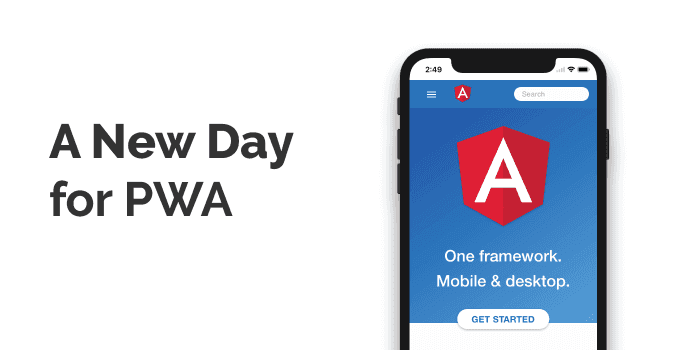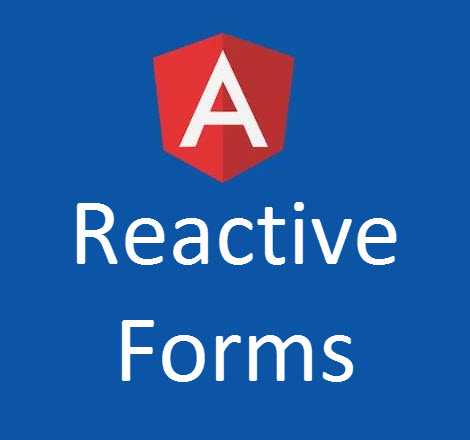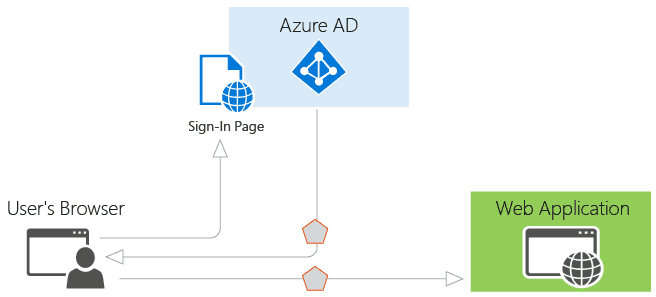What`s new in Angular 8
You might already know that Angular 8 is out now, but what it means for you or your organisation is described below.

Many a times we want to add some sort of analytics to our applications and for me the most obvious choice would be Google Analytics.

When writing a custom pipe in Angular you can specify whether you define a pure or an impure pipe:

If you have followed my series on performance improvement, you would’ve stumbled upon my image optimisation post where I went through a series of steps to lazy load images on your page.

With release of Angular 6, the team released Angular Elements which allows you to bootstrap Angular components within an existing Angular application by registering them as Custom Components.

Angular Router has been supporting lazy loading of child modules for a long time. What’s even more cool is that later on they added PreloadAllModules strategy so you can preload all of the modules in the background asynchronously. This will help boost up the loading time and performance tremendously.

Progressive Web Applications (PWA) are getting more and more attractions by day. With recent move from DevKit team, adding service worker support to the latest version of Safari, and Microsoft adding progressive web applications to their store, we can see the importance of the key role PWAs play in today’s market.

Are you working on an international product where you need to support multiple languages? Is your application written in Angular? Then this article might help you to get it done easier than ever.
When using reactive forms in Angular we usually avoid template based validation like required, maxlength and so on.

In my previous post I showed you how to setup a build pipeline for a SPA application written in Angular using Angular CLI and ASP.Net Core as back-end. I promised back then to continue with the release as well, but have been pretty busy lately.

It’s been a while since I decided to write about reactive forms, as I believe they are an essential part of every developer’s life.

Recently, I wrote a post about using Azure Active Directory (AD) as authentication mechanism for a single page application written in Angular.

As a user I want to be able to login to system using my work account
This is one of the most famous lines in a user story in almost every project’s backlog.

I’ve seen many ways to shape an Angular app in different companies. This means when we try to upgrade to Angular 2 some of them might be easy to migrate compared to others.
Have you ever wondered why you angular code works perfectly in you dev environment but not in production?
